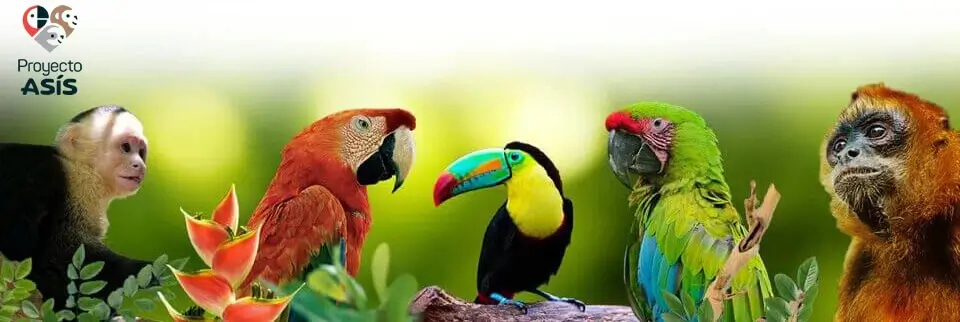Meet the black-bellied whistling duck (Dendrocygna autumnalis)—one of the most distinctive waterfowl in the Americas! With its pink bill, long legs, and loud, whistling calls, this duck stands out from the crowd. But beyond its quirky appearance, it plays a vital role in wetland ecosystems.
1. Other Common Names & Taxonomy
- Scientific Name: Dendrocygna autumnalis
- Other Names:
- Red-billed whistling duck
- Whistling tree duck
- Pichichi (Spanish)
- Taxonomy:
- Kingdom: Animalia
- Phylum: Chordata
- Class: Aves
- Order: Anseriformes
- Family: Anatidae
- Genus: Dendrocygna (whistling ducks)
2. Anatomical Characteristics: Built for Wading & Whistling
- Size & Weight:
- Length: 47–56 cm (19–22 in)
- Wingspan: 76–94 cm (30–37 in)
- Weight: 652–1,020 g (1.4–2.2 lbs)
- Distinctive Features:
- Bright pink bill (unlike most ducks!)
- Long, reddish-pink legs (perfect for wading)
- Black belly (as the name suggests)
- Chestnut body & gray face
- Unique Trait:
- Whistling calls (sounds like “chee-chee-chee”)
3. Conservation Status: A Species of Least Concern (But Watch Out!)
- IUCN Status: Least Concern (LC)
- Regional Threats:
- Wetland drainage (for agriculture)
- Hunting in parts of Mexico & Central America
- Protected Areas: Thrives in wildlife refuges like Everglades NP (USA) and Pantanal (Brazil).
4. Biology & Ecology: The Social Wetland Dweller
- Diet: Omnivorous – eats:
- Aquatic plants, seeds, grains
- Insects, snails, small fish
- Behavior:
- Highly social (flocks of 1,000+ seen at roosts!)
- Nocturnal feeder (often active at dusk/dawn)
- Nests in tree cavities (unusual for ducks)
- Ecological Role:
- Helps control insect populations
- Spreads seeds through droppings
5. Population Trend: Increasing in Some Areas
- North America: Expanding northward (now breeding in Texas, Louisiana, Florida)
- Central/South America: Stable but losing wetlands
- Global Estimate: ~1.1–2 million (BirdLife International)
6. Geographical Distribution: Where Does It Live?
- Native Range:
- Southern USA (Texas to Florida)
- Mexico through Central America
- South America (Colombia to Argentina)
- Preferred Habitats:
- Freshwater marshes
- Rice fields
- Mangroves (coastal regions)
7. Threats to Survival: Why Are They at Risk?
1️⃣ Wetland destruction (biggest threat)
2️⃣ Pollution (pesticides in agricultural areas)
3️⃣ Hunting (in some Latin American countries)
4️⃣ Climate change (rising sea levels flood nests)
8. Reproductive Cycle: Unusual Duck Parenting
- Nesting: In tree cavities or nest boxes (sometimes on the ground)
- Eggs: 12–16 white eggs per clutch (one of largest duck clutches!)
- Incubation: 25–30 days (both parents share duties)
- Chicks:
- Can jump from nests just 1–2 days after hatching!
- Fledge at 8–9 weeks
- Parental Care: Both parents protect & feed young
9. How Can We Help Protect Whistling Ducks?
✅ Support wetland conservation (e.g., Ducks Unlimited)
✅ Install nest boxes (they readily use them!)
✅ Avoid pesticide use near waterways
✅ Report hunting violations in protected areas
A Duck Worth Celebrating
The black-bellied whistling duck is more than just a noisy bird—it’s a key indicator of wetland health. While still common, habitat loss could threaten its future.
Did you learn something new? Share this post to spread duck awareness! 🦆🌎















